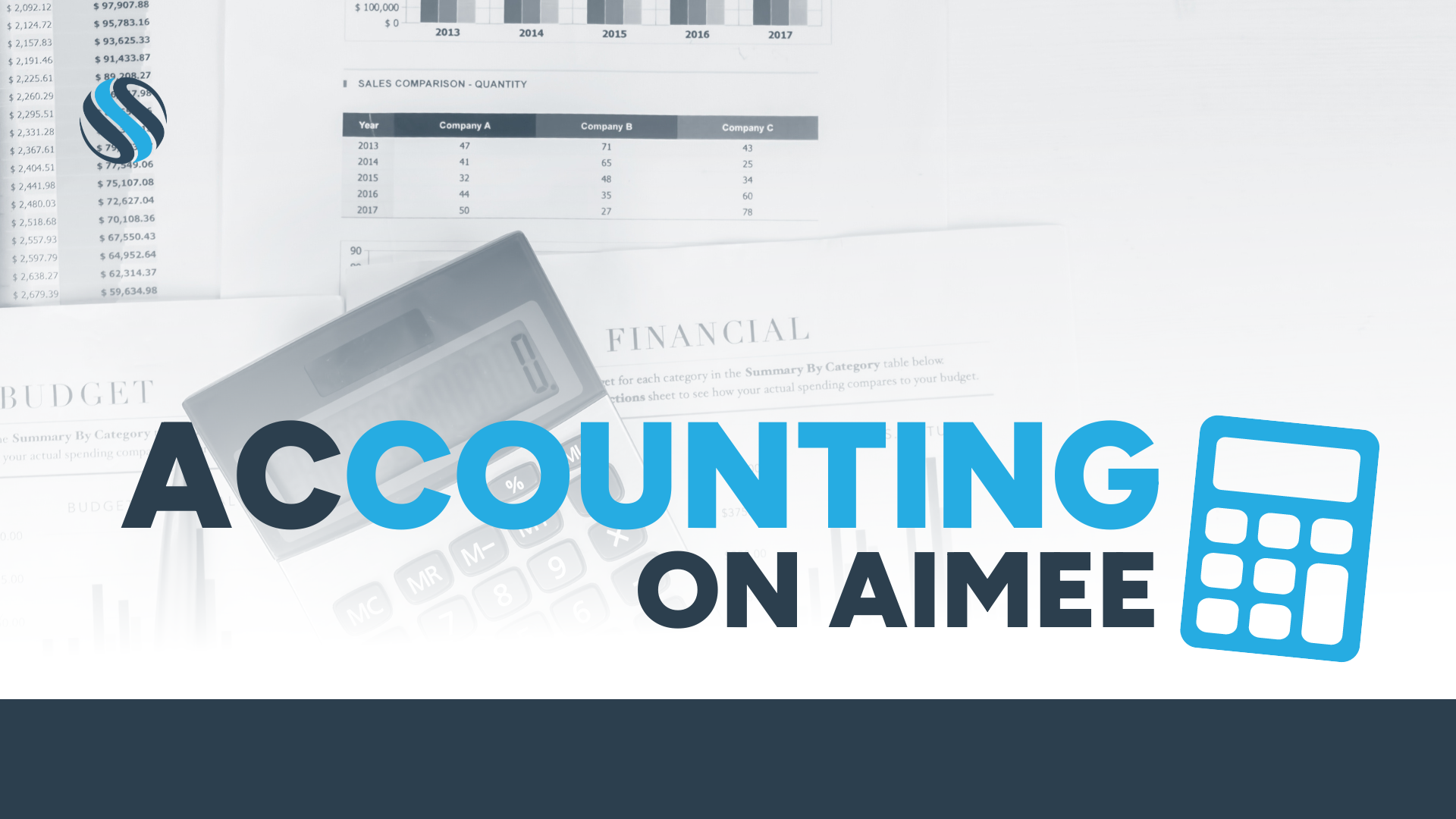
29 Jul Unlocking Financial Insights Through Balance Sheet Analysis
In the complex world of business finance, the balance sheet stands as one of the most critical financial statements, offering a snapshot of a company’s financial position at a specific point in time. Whether you are an investor, manager, or financial analyst, understanding how to analyze a balance sheet is essential for making informed decisions.
This document reveals valuable insights into a company’s assets, liabilities, and shareholders’ equity, providing a comprehensive view of its financial health and stability. In this article, we will look into the importance of balance sheet analysis, explore its key components, and highlight the benefits of mastering this vital skill. By the end, you will be equipped with the knowledge to assess a company’s financial footing and make strategic decisions with confidence.
Analyzing a balance sheet involves examining its components to assess the financial health and stability of a company. The balance sheet consists of three main sections: assets, liabilities, and shareholders’ equity.
Here’s a step-by-step guide on how to analyze a balance sheet:
1. Understand the Structure
- Assets: Resources owned by the company (example: cash, inventory, property).
- Liabilities: Obligations or debts owed by the company (example: loans, accounts payable).
- Shareholders’ Equity: The residual interest in the assets of the company after deducting liabilities (example: common stock, retained earnings).
2. Analyze Assets
- Current Assets: Assets expected to be converted to cash within one year (example: cash, accounts receivable, inventory). Assess the liquidity and how easily this can cover current liabilities.
- Non-Current Assets: Long-term investments and property (example: real estate, equipment, intangible assets). Evaluate the company’s investment in long-term assets.
3. Analyze Liabilities
- Current Liabilities: Obligations due within one year (example: short-term debt, accounts payable). Check the company’s short-term financial obligations.
- Long-Term Liabilities: Debts due after one year (example: long-term loans, bonds payable). Understand the company’s long-term financial commitments.
4. Examine Shareholders’ Equity
- Common Stock and Additional Paid-In Capital: Reflects the amount shareholders have invested.
- Retained Earnings: Profits that have been reinvested in the business. This shows the company’s ability to generate and retain profits over time.
5. Calculate Key Ratios
- Curent Ratio: Curent Assets/Curent Labilités
- Measures the company’s ability to cover short-term obligations with short-term assets.
- Quick Ratio (Acid-Test Ratio): (Current Assets−Inventory)/Current Liabilities
- A more stringent measure of liquidity.
- Debt-to-Equity Ratio: {Shareholders’ Equity} Total Liabilities/Shareholders’ Equity
- Indicates the proportion of equity and debt used to finance the company’s assets.
- Return on Equity (ROE): {Shareholders’ Equity} Net Income/Shareholders’ Equity
- Measures profitability and how effectively equity is used to generate profits.
6. Assess Trends and Comparisons
- Historical Comparison: Compare the balance sheet over several periods to identify trends.
- Industry Benchmarking: Compare ratios and figures with industry peers to gauge relative performance.
7. Evaluate Overall Financial Health
- Liquidity: Ability to meet short-term obligations.
- Solvency: Ability to meet long-term obligations and continue operations.
- Profitability: Ability to generate earnings relative to sales, assets, and equity.
Analyzing a balance sheet is crucial for a company for several reasons:
1. Financial Health Assessment
- Liquidity: It helps determine the company’s ability to meet short-term obligations. Analyzing current assets and liabilities provides insights into liquidity and cash flow management.
- Solvency: By examining long-term liabilities and shareholders’ equity, a company can assess its long-term financial stability and ability to sustain operations.
2. Investment and Financing Decisions
- Capital Structure: Understanding the balance between debt and equity financing helps in making informed decisions about raising funds and managing financial risk.
- Asset Management: Analyzing the composition and efficiency of assets helps in making strategic decisions about investment in property, equipment, and other assets.
3. Performance Measurement
- Profitability: Although the income statement primarily measures profitability, the balance sheet provides context for returns on assets and equity, helping assess how effectively the company is using its resources to generate profits.
- Efficiency Ratios: Metrics like inventory turnover and accounts receivable turnover can be derived from the balance sheet, offering insights into operational efficiency.
4. Risk Management
- Creditworthiness: A healthy balance sheet with strong liquidity and low leverage enhances the company’s creditworthiness, making it easier to obtain loans and favorable terms from creditors.
- Debt Management: Understanding the extent and terms of existing debt helps in managing repayment schedules and avoiding financial distress.
5. Strategic Planning and Growth
- Resource Allocation: Analyzing the allocation of assets and liabilities aids in strategic planning and resource optimization, ensuring that funds are directed towards high-return investments.
- Expansion Decisions: A strong balance sheet can support decisions related to mergers, acquisitions, and expansions, as it reflects the company’s capacity to take on new ventures.
6. Stakeholder Confidence
- Investor Relations: Investors and shareholders rely on balance sheet analysis to gauge the company’s financial health, stability, and potential for future growth, influencing their investment decisions.
- Regulatory Compliance: Ensuring accurate and transparent balance sheets is essential for compliance with financial regulations and standards, maintaining trust with regulators and the market.
7. Operational Improvements
- Cost Management: Identifying areas where costs can be reduced without affecting operations helps in improving overall financial performance.
- Benchmarking: Comparing balance sheet metrics with industry standards and competitors provides insights into areas where the company can improve.
Let’s look at an example: Consider the balance sheet for A-Team Enterprises, LLC:

Insights from A-Team Enterprises, LLC
- Liquidity: With current assets of $310,000 and current liabilities of $120,000, the current ratio is approximately 2.58, indicating good liquidity.
- Leverage: The debt-to-equity ratio is 0.88 ($350,000 total liabilities / $400,000 total equity), suggesting a balanced use of debt and equity financing.
- Asset Utilization: Significant investment in PP&E indicates capital-intensive operations, common in manufacturing or construction.
- Equity Growth: Retained earnings of $100,000 suggest that the company is retaining profits to reinvest in the business.
Analyzing the balance sheet is crucial for understanding a company’s financial health and stability. It provides insight into liquidity, solvency and capital structure which helps stakeholders make informed decisions on the business or investing in the business. By evaluating assets, liabilities and equity, the reader of the financial statement can assess the company’s ability to meet obligations, manage debt, and generating returns for investors. This analysis aids in strategic planning, risk management, and maintaining investor confidence which will ultimately contribute to the company’s long-term success and growth.

























